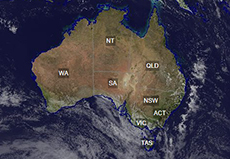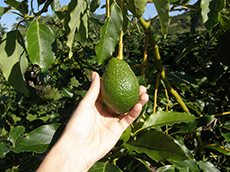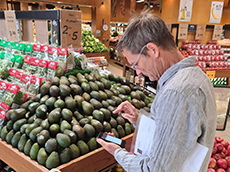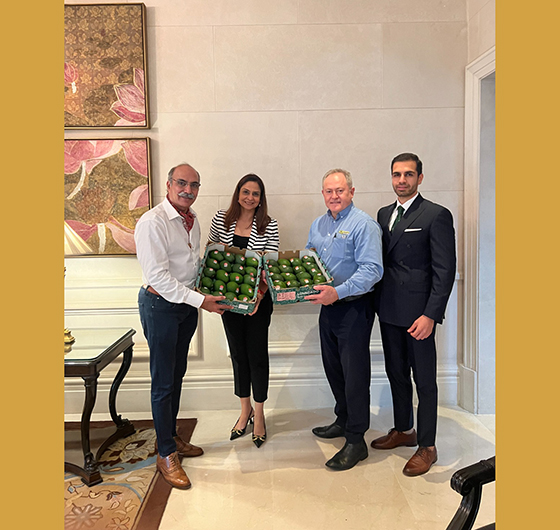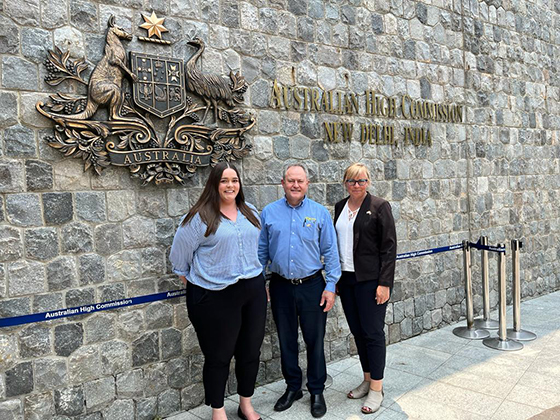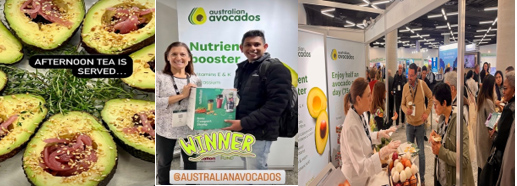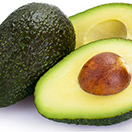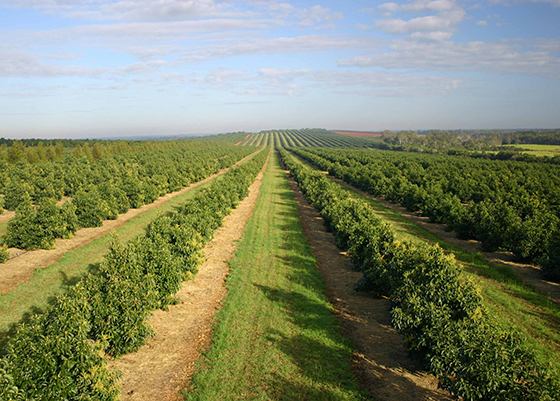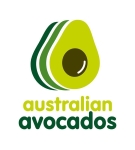
About the marketing program
This is the latest marketing activity that’s helping Aussie consumers connect with (and eat!) Australian avocados. The industry’s marketing is managed by Hort Innovation and funded by the avocado marketing levy. Hort Innovation develops consumer-focused promotions using a variety of mediums including social media platforms such as Facebook and Instagram, as well as targeted partnerships with consumer-related publications and platforms.

Keep scrolling to see more great marketing activity in 2023. And, if you are chasing some delicious avocado recipes, check out Australian Avocados.
Speeding up the avo ripening process – 10 Nov 2023
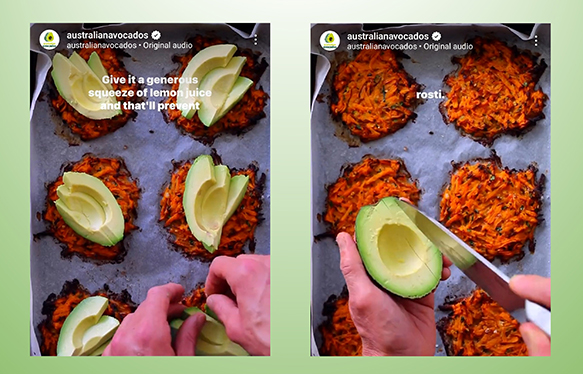
For the fortnight from 6 November 2023, the Australian Avocado domestic marketing program will be live across Out of Home Panels, Radio, Youtube, Shopper and social channels. Marketing activities use Youtube, radio and social whereby Hort Innovation continues to drive awareness and consideration of Australian Avocados. On Instagram Australian Avocados is featuring a delicious and easy recipe from @lukehines, the “Crispy sweet potato rosti with zesty avocado” recipe. It’s a recipe that anyone can try and enjoy. He also provides a tip for speeding up the avocado ripening process.
Storing & Ripening Australian Avocados – 31 Oct 2023
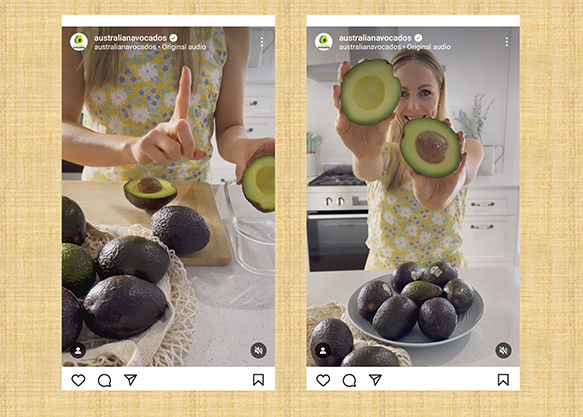
For the fortnight from 30 October 2023, the Australian Avocado marketing program continues to be live across Out of Home Panels, Radio, Youtube, Shopper and social channels. Marketing activities use Youtube, radio and social whereby Hort Innovation is driving awareness and consideration of Australian Avocados. On Instagram Australian Avocados is educating consumers on how to keep an avocado fresher for longer as well as how to ripen avocados. See @livelovenourishaus outline their handy tips on Insta!
Australian Avocados educating consumers – 12 Oct 2023
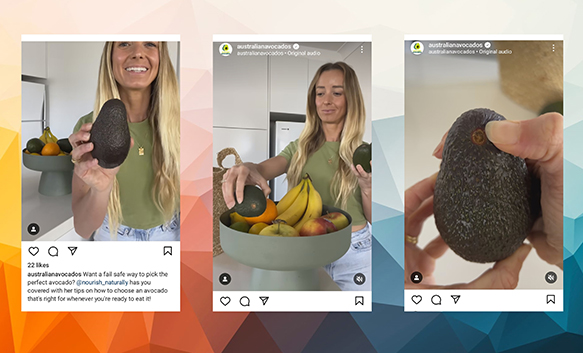
This week Australian Avocados on Instagram showed consumers how to pick the perfect Hass avocado. They did this by sharing a video featuring influencer Rebecca Gawthorne (@nourish_naturally) demonstrating the fail safe way to pick and ripen Hass avocados. Rebecca is an Accredited Practising Dietitian, Accredited Nutritionist and a member of the Dietitians Association of Australia. The video covers Rebecca’s tips on how to choose an avocado so it is ripe for whenever you are ready to eat it. She demonstrates how to check if it is ripe by gently pressing around the neck of the avocado. It is a clever and short video that Instagram followers can save and share. Consumers can have it top of mind for the next time they go shopping for avocados. By knowing these simple tips consumers can buy avocados with confidence next time they shop. Check out Australian Avocados on Instagram here and make sure you click “Follow” if you haven’t done so already.
Domestic marketing update – 25 September 2023

For the fortnight from 25 September 2023, the Australian Avocado marketing program is live across Out of Home Panels, Radio, Youtube, Shopper and social channels. By utilising youtube, radio and social, Hort Innovation aims to drive awareness and consideration of Australian Avocados through emotional connection. This activity will be further supported by using out of home panels to inspire usage in the final path to purchase and target light buyers with reasons to purchase for every meal. A full summary of Australian Avocado planned marketing activity is available in the BPR Library under marketing Reports and titled ‘Domestic Avocado Campaign Update July-December 2023”. Did you see the latest recipe videos on social media last week including this avocado cheese toastie, this Avocado Prawn Cocktail and this Avocado Chicken Gyros?
Domestic marketing activities – July-August – 25 July 2023

Radio and social channels were working hard this month to promote Aussie avocados. Next month domestic marketing will step up and through August there will be five channels actively engaging with the target audience (light buyers) via Out-Of-Home, Radio, Programmatic (YouTube), Retail online, and Social. So look out for digital signage promoting avos. Listen out for great radio promotions. More information about the domestic marketing activity will appear in the next issue of our enewsletter, Guacamole.
Photograph courtesy of Anne Larard.
Former cricketer Brett Lee to be an ambassador for Australian Avocados – 9 June 2023
Famous former cricketer Brett Lee has been secured as ambassador for Australian Avocados and he is set to appear in marketing campaigns in India and the Middle East. Brett will start to appear as ambassador in the middle of July this year. Cricket is like a religion in India and as Brett is a cricketing icon there he will resonate well with the target demographic. Brett previously appeared in marketing campaigns for Weetbix and also starred in a Bollywood movie a number of years ago. Brett now plays a major role in the cricketing media around the world and has several businesses and philanthropic interests. The idea is to use his personality to drive home key messages about avocados, giving insight into why Australian avocados should always be the first choice.
Easy, simple recipes on Instagram promote Hass avos – 26 May 2023
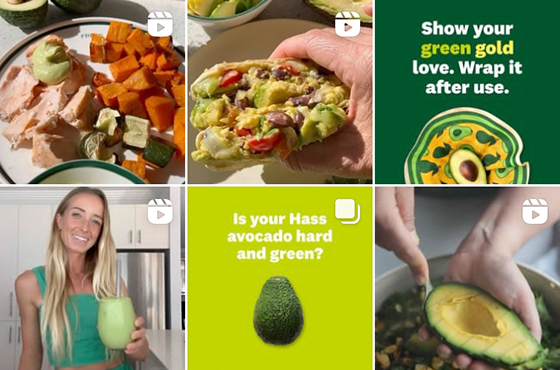
Simple and delicious recipes like baked salmon and veggies with creamy avocado dip and Mexican burritos feature on Australian Avocados Instagram feed. Another recent recipe is for an extra creamy smoothie. Using Hass avocados in every day meals couldn’t be simpler and the recipes on Instagram are a go-to for consumers. Click here to view the Australian Avocados feed on Instagram.
Latest health & nutrition information just a click away – 12 May 2023

Consumer education about the health benefits of avocados is vital to our marketing efforts and if anyone needs to look for information about the virtues of adding avocados to their diet go no further than the Australian Avocados website. The Australian Avocados website (https://australianavocados.com.au/) provides consumers with the latest health and nutrition information about Australian Avocados – our “green gold”. Learn about “Good Fats”, how to add a “Healthy Boost”, see how avocado can be “Baby Friendly” and learn how avocado is a “Good Mood Food”. Full nutrition information is also available for a serving size of 75g or ½ an avocado. You will find all of the facts and figures referenced. Click here to access Avocado Health & Nutrition information.
ALDI show how to choose the perfect Hass avocado – 12 May 2023
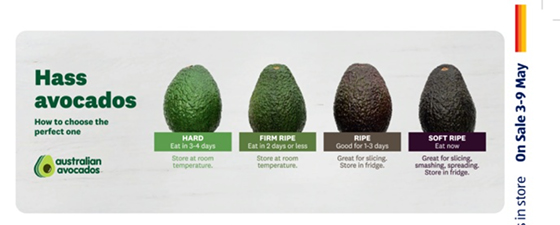
A “Hass Panel” that shows consumers how to choose the perfect Hass avocado appeared in the ALDI brochure in May. The Hass Panel was produced by Australian Avocados to guide consumers on how to choose a Hass avocado so they can identify when it is hard, firm ripe, ripe, and soft ripe. It will provide an easy guide to consumers and is just one of many ways the Australian Avocados marketing effort is educating consumers.
Instagram provides inspiration for everyday meals – 28 April 2023
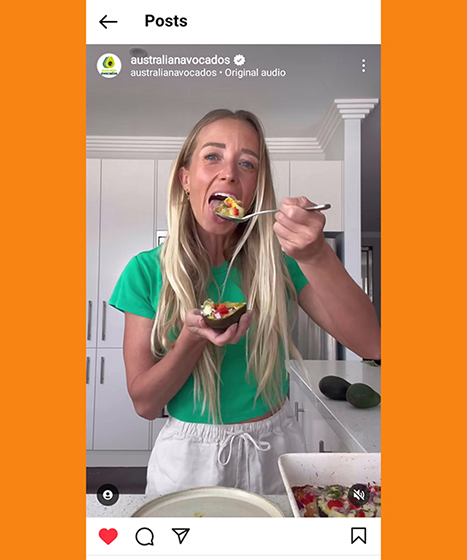
At @australianavocados on Instagram consumers are being shown great recipe ideas, perfect inspiration for everyday meals. But there’s more! This week Online video, Youtube content, social content, Retail Out Of Home advertising (OOH) will all be working to increase domestic consumption of avocados. Creative and messaging will aim to: 1) inspire consumers to eat avocados more often, 2) educate consumers on how to choose, ripen and store avocados, and 3) aim to own everyday meal occasions.
Australian Avocados activations now live across a range of channels – 18 April 2023
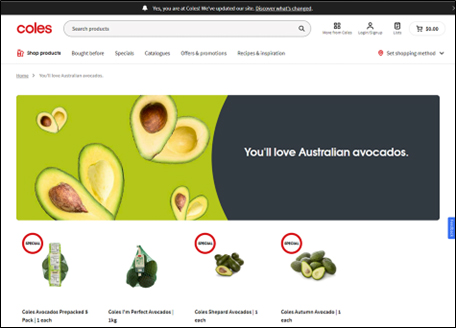
Australian Avocados has activations currently live across a range of channels including retail media. You can view the current activation with Coles, here and above. The role of this activity is to trigger planned and impulse purchase for online shoppers, as well as capture light buyers with the advertising aimed at all shoppers, rather than targeting regular avocado buyers. Retail activity will continue to run in conjunction with online video, YouTube, social media, retail proximity out of home, and radio until June 2023. There will be an Avocado Marketing two day workshop next week, which will be reviewing the FY23 activity and planning the FY24 activity.
Australian Avocados & ALDI collaborate on catalogue – 20 March 2023

Avocados Australian Avocados worked closely with ALDI on this week’s catalogue feature for Australian Shepard Avocados. This catalogue feature was achieved through leveraging existing levy-funded assets in support of the Shepard season. This initiative is part of the planned creative content that is working to educate consumers about Shepard avocados, with respect to selecting, handling and ripening.
Domestic Marketing Program Update now available – 24 Feb 2023

The detailed Avocado Domestic Marketing Program Update for February 2023 is now available on the Best Practice Resource (BPR). The document includes the overall strategy and its rationale, a Communications summary, a Media Block Plan (for February through to June) and details of the Consumer Journey. Implementations for Radio (targeting Main Grocery Buyers 18+), YouTube, Social (targeting 18+ price conscious shoppers, healthy lifestyle and home cooks) and Broadcaster Video On Demand (BVOD) are also outlined. The document elaborates on the Shepard-specific Public Relations that are planned plus the Shopper Implementation and the Outdoor advertising strategy.
Radio, YouTube, Social, BVOD and PR content will work to cement the core proposition locally. Social and Retail Media will work to deliver Retailer, Shopper and Consumer Education. Retail Media, Out of Home Advertising (OOH) and Social content will strive to “own everyday meal occasions”.
To access the Domestic Marketing Program Update for February 2023 login to the BPR here and navigate to the Library or click here to access the Library. Once at the Library scroll down and click on “Marketing Reports”. The document is the first item listed.
Domestic Marketing plan for 2023 on the BPR – 17 Jan 2023
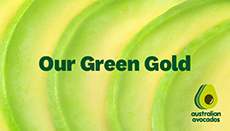
A copy of the Domestic Avocado Marketing Plan for FY23 is available on the Best Practice Resource. This plan has been developed with significant effort by industry and Hort Innovation and is well worth a read for those interested in understanding how we plan to grow domestic and international markets for Australian avocados.
To access it login to the BPR here and then click on “Library” on the top menu then scroll down and click on “Marketing Reports”. The document also contains the full marketing plan (domestic and export) with the background data and insights that underpin the plan (46 pages).
The planned 2023 domestic avocado marketing activity will include the use of the “Our Green Gold” campaign creative elements as consumer research has found that it offers strong recall of key messages. It will kick off from February 2023 via paid media and PR/social content. Recall of the latest wave of “Our Green Gold” was at 40% (the norm is 25%). Of the consumers who were surveyed, post-campaign, 83% expressed a preference for Australian avocados. A key objective of the 2023 marketing campaign is to further increase domestic consumption.
